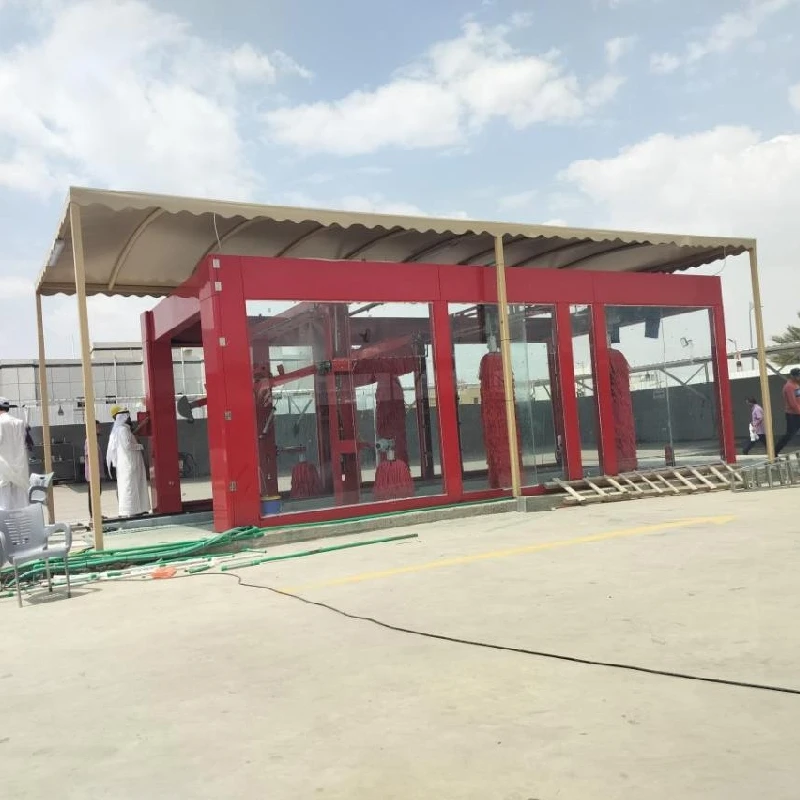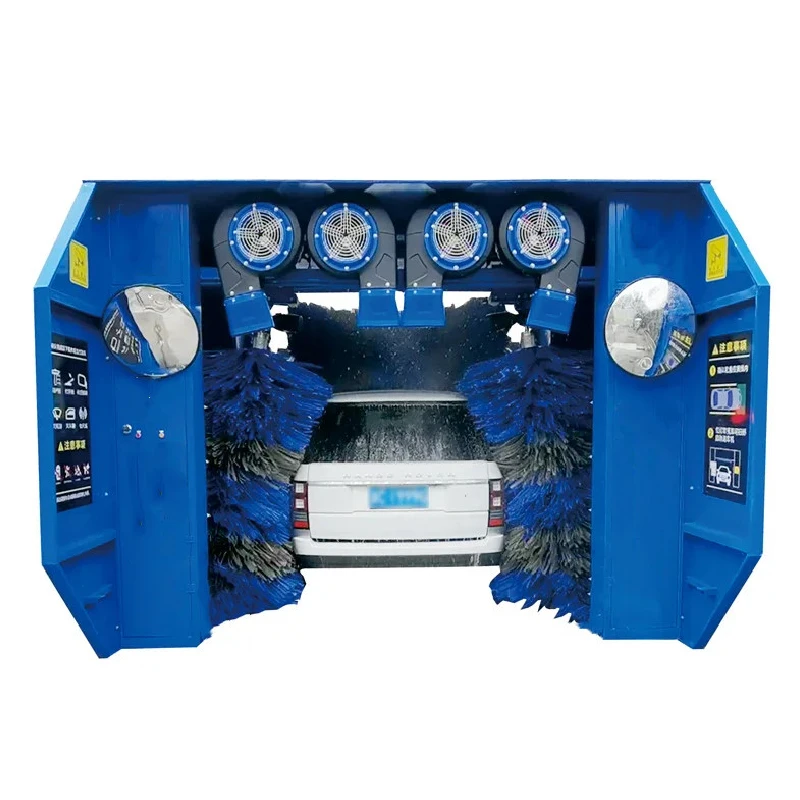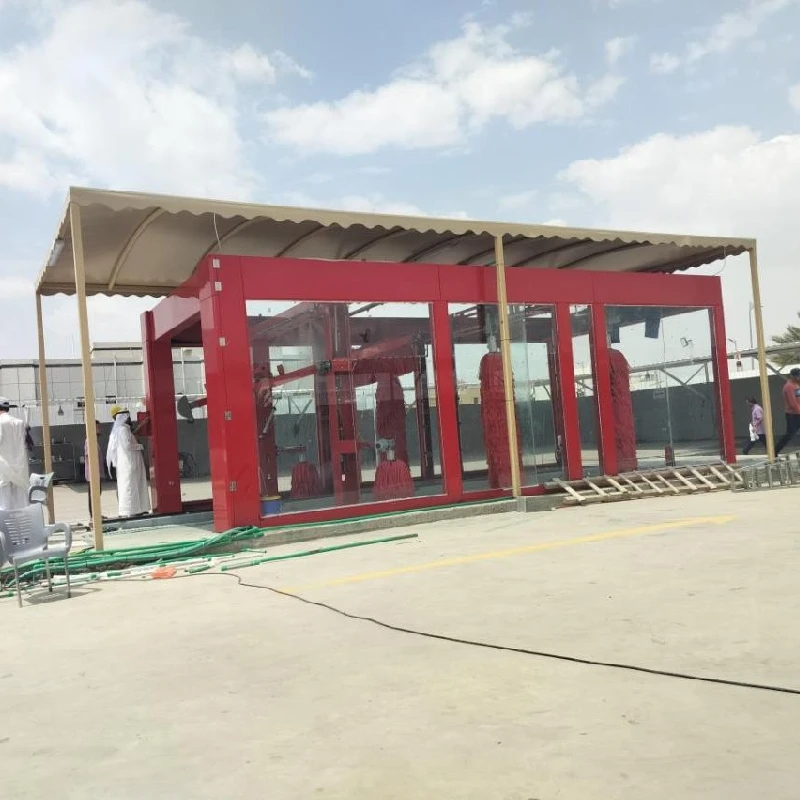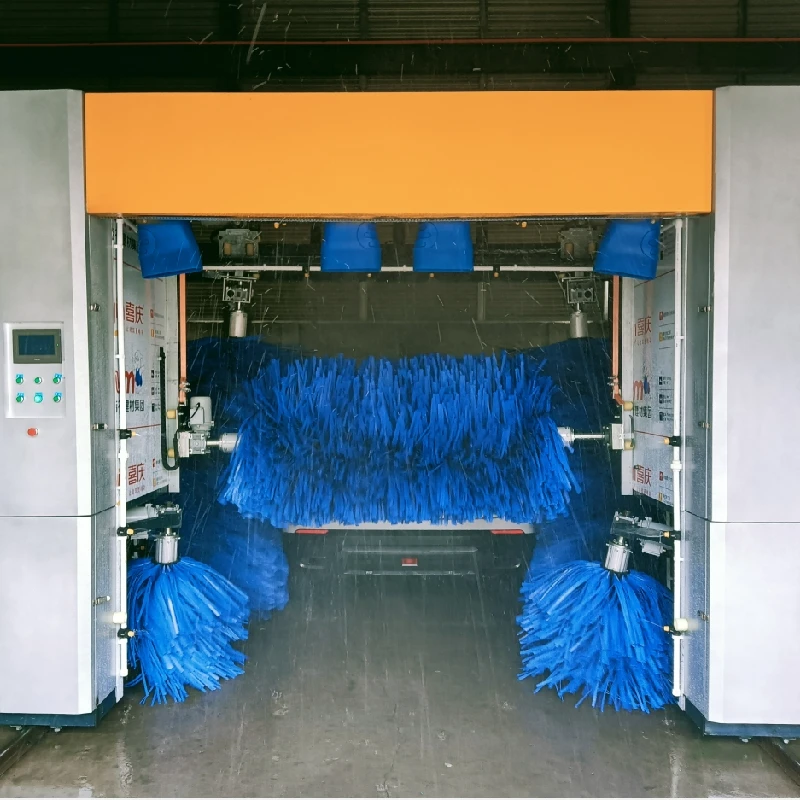Car Wash Tunnel Design That Maximizes Throughput & ROI
A Practical Insider’s Take on [Car Wash Tunnel Design]
I’ve walked more tunnels than I care to admit—some gleaming, some rusting, and a few oddly quiet. The difference often comes down to materials, layout, and who’s willing to test the system beyond a glossy brochure. The DY-QC-9 Tunnel Car Washing Machine, made in 27Retail Sales, East Of Fuxin Road, Qiaoxi Area, Xingtai, Hebei, China, is one I’ve watched mature, especially as the industry shifts toward faster throughput, water recovery, and smarter preventive maintenance.
Industry trends worth noting
- Higher throughput with calmer conveyor control—less vehicle “bounce.”
- Corrosion-proofing as a design baseline, not a premium option.
- Closed-loop reclaim systems and foam chemistries with lower COD.
- Modular frames for quick bay expansions, plus plug-and-play PLCs.

Process flow and build quality
The DY-QC-9 uses national-standard galvanized profiles and plates, CNC machining, precision welding, forming, and galvanizing—then finishes with powder-sprayed, high-temperature melt paint. In practice, that stack resists chipping from grit and brush abrasion. For corrosion control, look for adherence to ISO 1461 for hot-dip galvanizing and powder coating tested per ASTM D3359 (adhesion) and ASTM B117 (salt spray). In routine field audits, I’ve seen frames pass ≈500–1,000 hours of salt fog without blistering—real-world use may vary depending on chemical dosing and bay ventilation.
Product specifications (DY-QC-9)
| Throughput | ≈60–90 cars/hour (site setup dependent) |
| Frame Material | National-standard galvanized steel profiles, galvanized plate |
| Coating | Powder spray, high-temp melt paint; ASTM D3359 adhesion focus |
| Electrical/Controls | PLC-based, IP65 enclosures typical for wet zones (IEC 60529) |
| Conveyor | Chain-driven, wheel guide rails; soft-start VFD recommended |
| Service Life | ≈10–15 years with preventive maintenance |
| Water Options | Reclaim and RO polish optional; local codes apply |
Application scenarios
- High-volume retail tunnels aiming for predictable pay-per-wash queues.
- Fleet depots (delivery, rental) where uptime and gentle contact matter.
- Mixed-climate sites—coastline salt and northern freeze–thaw cycles.
Vendor comparison (indicative)
| Model | Brush/Arches | Peak Throughput | Certifications (typ.) | Notes |
|---|---|---|---|---|
| DY-QC-9 | Modular brushes + foam/HP arches | ≈60–90 cph | ISO-based QA; CE alignment where required | Galvanized + powder coat; cost-efficient |
| Vendor A (similar class) | High-density foam brushes | ≈70–100 cph | CE, optional UL panels | Pricier; strong dealer network |
| Vendor B (compact) | Fewer brushes, smaller footprint | ≈40–60 cph | CE basic | Best for tight urban lots |
Customization that actually matters
To be honest, most operators overbuy arches and underinvest in chemistry and reclaim. For a solid Car Wash Tunnel Design, prioritize conveyor length (dwell time), chemistry dosing, blower horsepower, and remote diagnostics. Ask for documented salt-spray and adhesion test results, and PLC logs for fault analytics.
Mini case: suburban site, mixed weather
A Midwest operator swapped an aging frame for a DY-QC-9. They kept their existing reclaim and added VFDs to pumps. After six months, they reported ≈12% faster line movement, fewer manual rewashes, and, surprisingly, quieter exits—customers noticed. “Feels smoother,” one member said. It seems the galvanized + powder system has held up through a salty winter so far.
Standards, testing, and compliance
- Galvanizing: ISO 1461 for coating thickness and integrity.
- Coating adhesion: ASTM D3359; corrosion: ASTM B117 salt spray.
- Ingress protection: IEC/EN 60529 (target IP65 in wet zones).
- Machine safety: CE (Machinery Directive) where applicable; local electrical codes vary.
If you’re mapping a new Car Wash Tunnel Design, validate service intervals (chain, bearings), check spare-parts lead times, and insist on training that goes beyond a one-day handover.
Citations
- ISO 1461: Hot dip galvanized coatings on fabricated iron and steel articles. https://www.iso.org/standard/74228.html
- ASTM B117: Standard Practice for Operating Salt Spray (Fog) Apparatus. https://www.astm.org/b0117-19.html
- ASTM D3359: Measuring adhesion by tape test. https://www.astm.org/d3359-17.html
- IEC 60529: Degrees of protection (IP Code). https://webstore.iec.ch/publication/2452
- International Carwash Association—Industry resources. https://www.carwash.org/
-
Car Wash Equipment – Durable, Efficient, Pro-Grade SystemsNewsNov.10,2025
-
automatic car washing machine price list: Fast ROI, Low CostNewsNov.10,2025
-
Car Wash Tunnel Design for High Throughput, ROI & UptimeNewsNov.10,2025
-
Car Wash Tunnel Design | High Throughput & Low MaintenanceNewsNov.10,2025
-
Automatic Car Washing Machine Price List - Fast ROINewsNov.10,2025
-
Car Wash Tunnel Design: High Throughput, Custom & DurableNewsOct.27,2025




